IT’S Sydney’s most secure prison complex — a remotely controlled, razor-wired compound built within Long Bay jail that is to house the country’s most dangerous terror suspects.
Built to be “escape proof”, the 10 purpose-built cement and steel cells, each with an adjacent control room, will lock up inmates as they await court to face charges linked to national security.
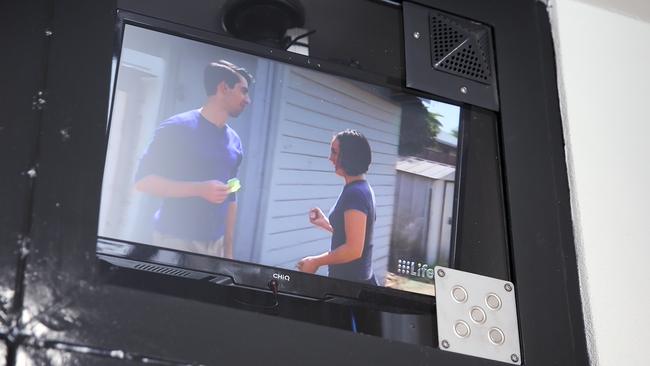
With the imminent arrival of the first “test” inmates before the end of July, The Sunday Telegraph was granted exclusive access to the soundproof prison-within-a-prison.
Inmates from Long Bay jail who have been placed in segregation will be used to trial the new compound before prisoners with “AA” terrorist classifications — those who pose a risk to national security — are transferred once the facility becomes fully operational.
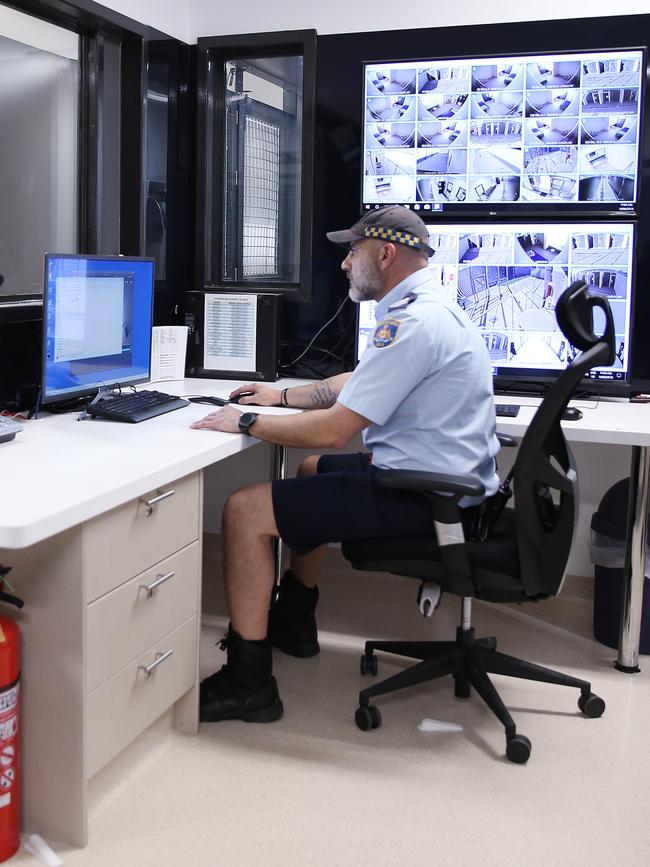


Unlike other prisons, the cells within the new Segregation Housing Unit (SHU) are reinforced with cement walls, floors and ceilings.
The cells feature a water “mister” device that can put out cell fires when activated.
The mechanism shoots out a fine, cold mist, filling each cell with a thick fog within seconds.
The cell itself is suitably bare. An in-built cement bed with a thin, plastic-covered foam mattress sits opposite a combined steel toilet and basin facility.
A desk and a stool are the only other items in the space.
There is a television built into the wall of each cell with those who have not misbehaved, granted the privilege to use.
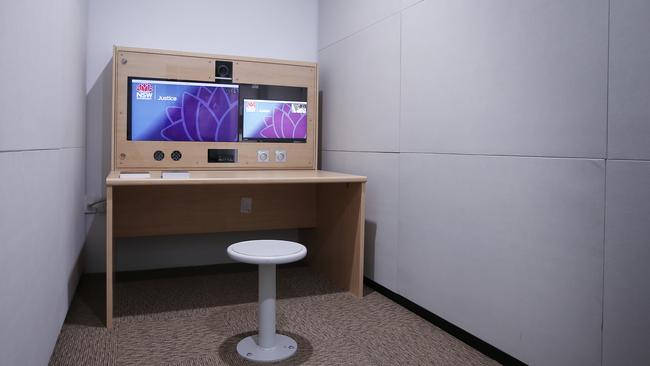
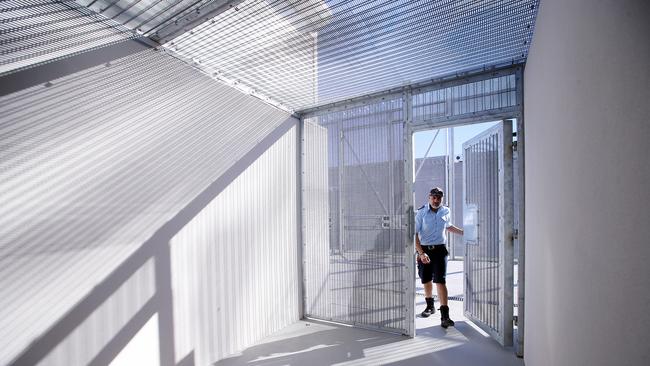
Four double locks are used to keep inmates within the fluorescent-lit cells and the door features a hatch that is just big enough for inmates to push through their arms to allow for officers to put on handcuffs.
Prison officers must first enter through a door to a so-called “sterile zone” which separates the cell from the main corridor and adds yet another level of security.
GALLERY: HOW TOUGH LIFE WAS INSIDE KATINGAL JAIL
THE LONG BAY OFFICER HAUNTED BY ‘MAD DOG’
Echoing the old Long Bay jail compound known as Katingal — an electronically-operated maximum security facility built in 1975 and later shut because it was too extreme in its sensory deprivation — each cell also has its own separate control room located next door, to allow officers to operate the water mister and electrical functions.
Unlike Katingal, which was known as the “electronic zoo”, each cell in the SHU has its own caged yard to ensure inmates have access to a few hours of daylight.
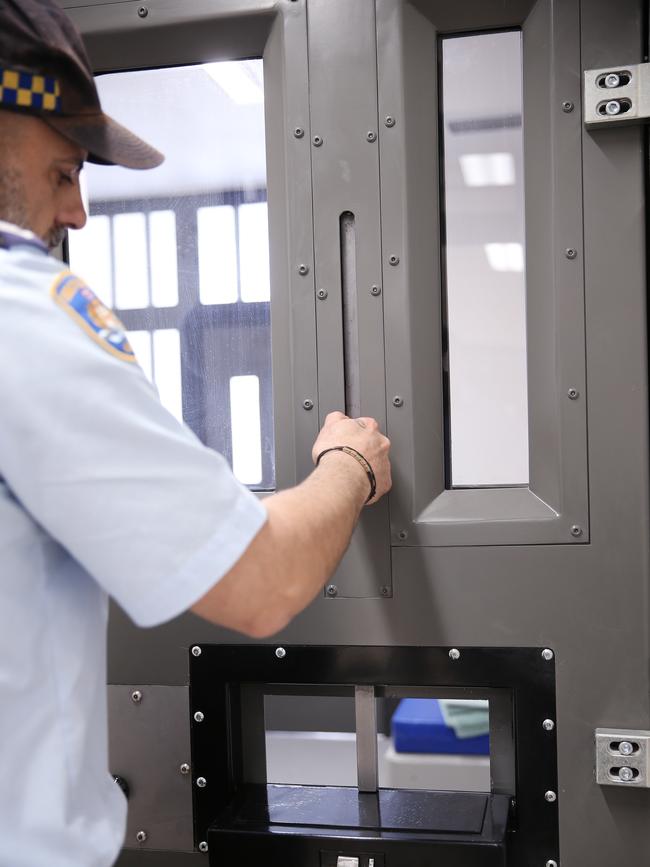

Outside the cells, two video-link rooms will allow inmates to remain housed in the unit during their court appearances.
Inmates will not be allowed contact visits, with friends and family forced to sit on the other side of a partitioned room. An X-ray machine will scan visitors for contraband.
Inside the main control room, a computer screen shows which doors are locked or unlocked in real time, while other screens show footage recorded from 42 surveillance cameras located around the compound.
Camera numbers are set to increase once AA inmates are incarcerated there.
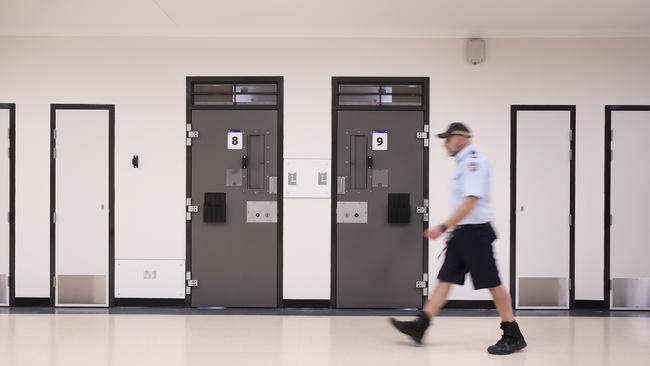
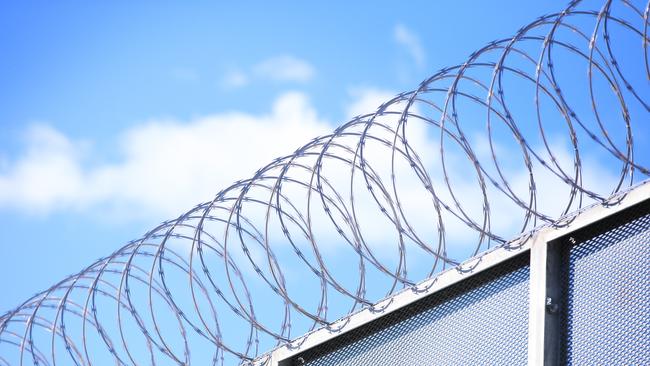
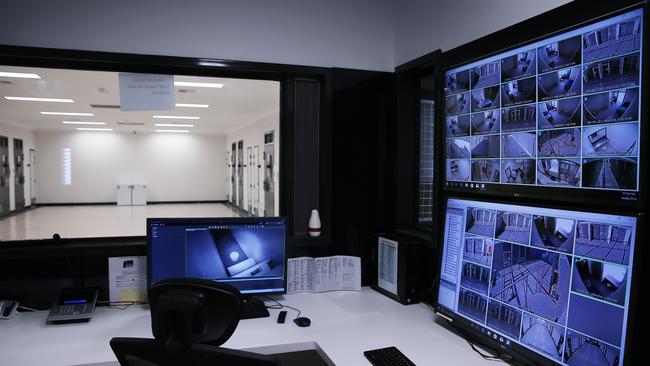
Apart from visitors or a court appearance, the routine will be regimented and bland — wake at 7am; breakfast; access to private yard; lunch; lockdown; yard; lockdown overnight from 2pm, and dinner.
There will be no mingling with other inmates. The soundproof cells will also limit any conversations between prisoners while indoors.
Counter Terrorism Minister David Elliott said the new cells were in addition to $47 million being spent on increasing the capacity of the Supermax facility, creating a new high-security unit at Goulburn and establishing a specialist team to combat radicalisation in NSW prisons.
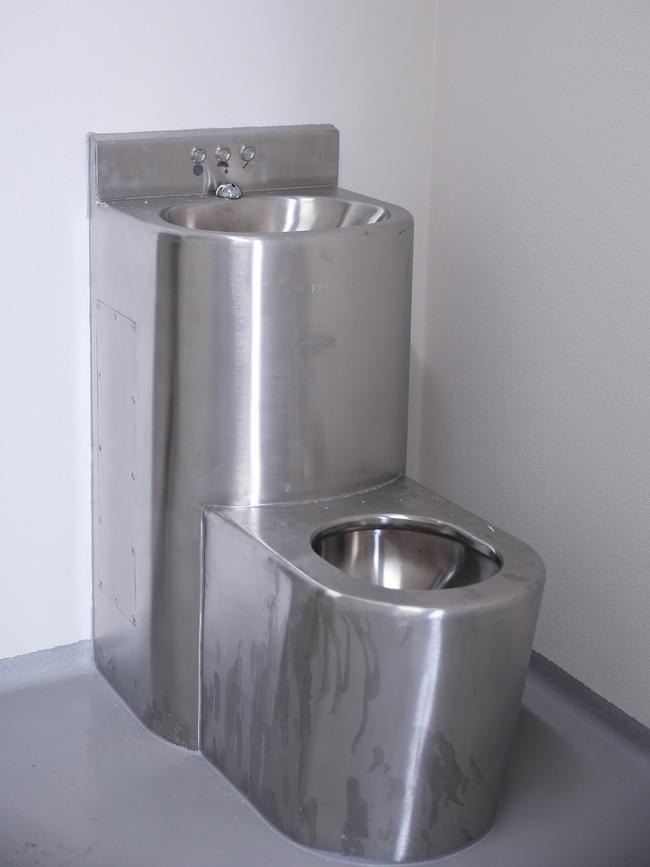
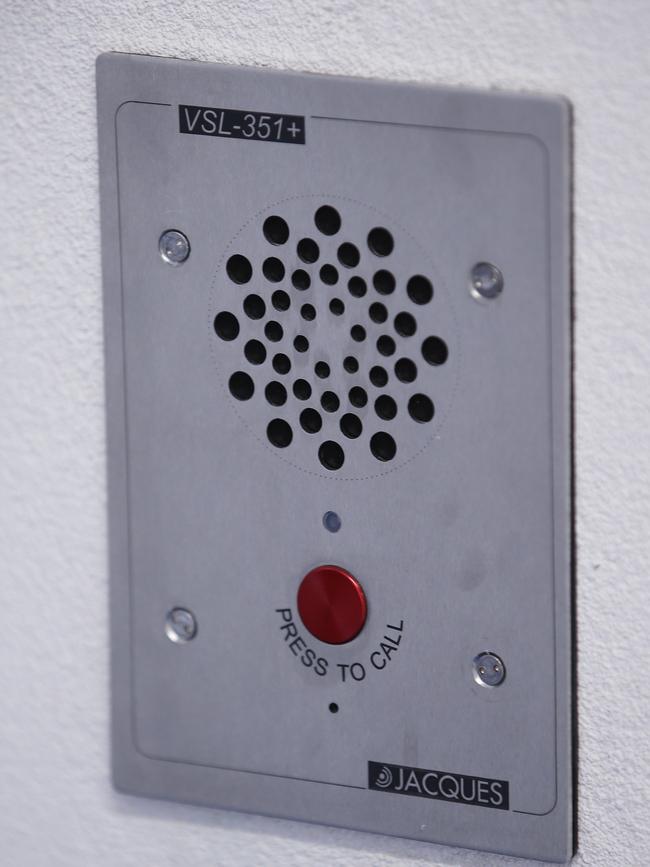
“The highest priority of this government is to keep our community safe from those who would do us harm,” Mr Elliott said.
“The new maximum-security unit at Long Bay jail will allow us to separate the state’s most dangerous inmates from the mainstream (prison) population while they face trial in Sydney.”
As of May 25, there were 30 AA offenders in jail, including 11 charged with terrorism offences, while another three inmates are facing terror-related charges.
Milad Al-Ahmadzai, alleged to be linked to a terrorist cell that planned an attack in Sydney thwarted by police, is among inmates who may be housed at the SHU.

Add your comment to this story
To join the conversation, please log in. Don't have an account? Register
Join the conversation, you are commenting as Logout